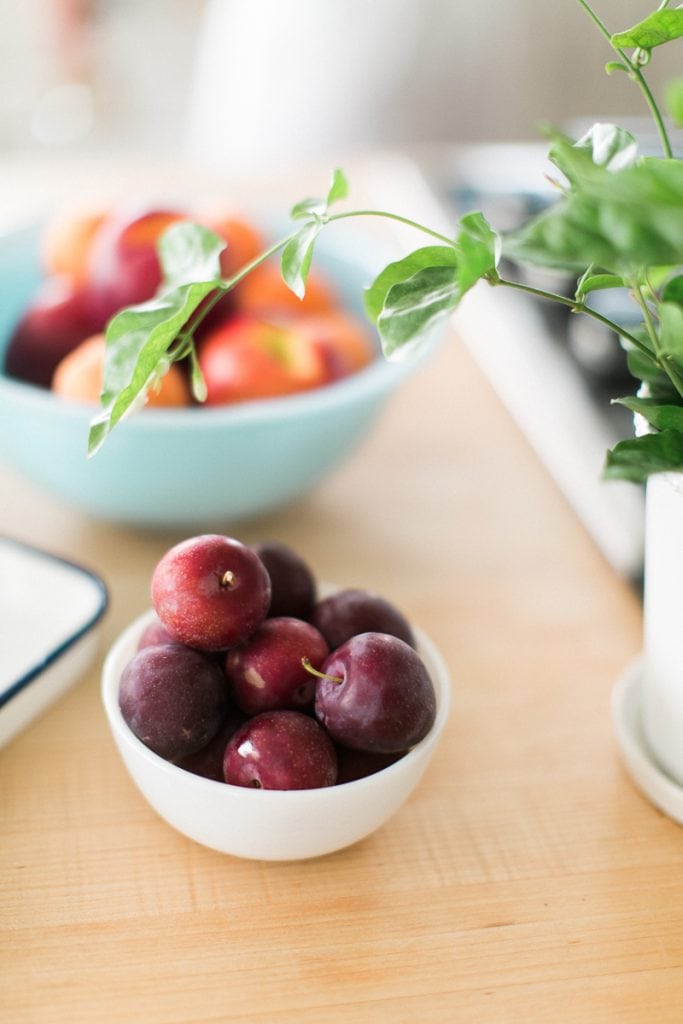
If you want to read a little more about my history with food, my food philosophy and why I don’t believe in fad diets, begin here.
The topic of food is mercurial. There’s hedonism—the pure pleasure of food. And community—the warmth of gathering loved ones and strangers alike in communion. And feeling—because food evokes memories and judgements and beliefs. And medicine—because food can heal. It’s an intricate dance, our relationship with food, and I hope to cover all the bases in the next few months. But we’ll start with a few daily habits.
Although this post outlines WHAT to eat each day, I firmly believe there is no ONE magic eating plan for every single person on this earth. We are unique human beings, all wired differently because of the influence of our ancestry and our environment. And so to believe there is one RIGHT way to eat for all of us would be too shortsighted, too simple, and too boring. The only way to find the right way to eat for YOU is to become one with your body, to listen to what your body tells you, and to find those foods and way of eating that make YOU feel good. Mindfulness is key.
But that’s not necessarily easy.
And so nutrition science and health research do give us some pretty good guidelines to start with, basic daily habits to fuel your body well. In this post, I’m going to briefly outline eight daily eating habits you can adopt for the rest of your life. Because that’s what you want with food—a plan that allow you to enjoy gathering around the table with your loved ones, enjoying the visceral pleasure that food brings us, but to still eat food that makes you feel good. Food that’s good and good for you.
In general, I am not a fan of fad diets, including all the popular ones being touted these days. Why? Because fads will come and go. When I first started studying nutrition over 25 years ago, a low-fat, high-carbohydrate diet was supposed to be the new plan to save our country from an obesity epidemic. It failed, miserably. And, in fact, it made the collective health of our country so much worse as sugar, refined carbohydrates and artificial foods flooded our grocery store shelves. Fads pass.
That being said, therapeutic food plans can be very useful when you need them—if you have diabetes or chronic inflammation, cancer, an autoimmune disease or food intolerances. I myself was just diagnosed with small intestinal bacterial overgrowth (otherwise known as SIBO), something I have probably had all my life. Right now, I am on a therapeutic diet (plus herbal anti-microbials) to try to heal my gut. I will be following up on my SIBO journey with another series of blog posts, but I share that now just to say that there is often a time and a place for a therapeutic diet. And if you suffer from chronic fatigue, have skin issues or constant belly aches, have an underactive thyroid, or just generally don’t feel well, you may want to do some more investigation with a functional medicine physician, naturopath or registered dietitian nutritionist who specializes in gut health. But the following advice is for generally healthy people who want to live a long life and feel great.
So here goes, a brief list of eight daily eating habits you can live with the rest of your life. Habits that will help you live well and feel good. I will be following up with a blog post on each of these habits with suggestions and examples of HOW to make these changes in your daily life. This is the preview. Stay tuned for more in the coming weeks.
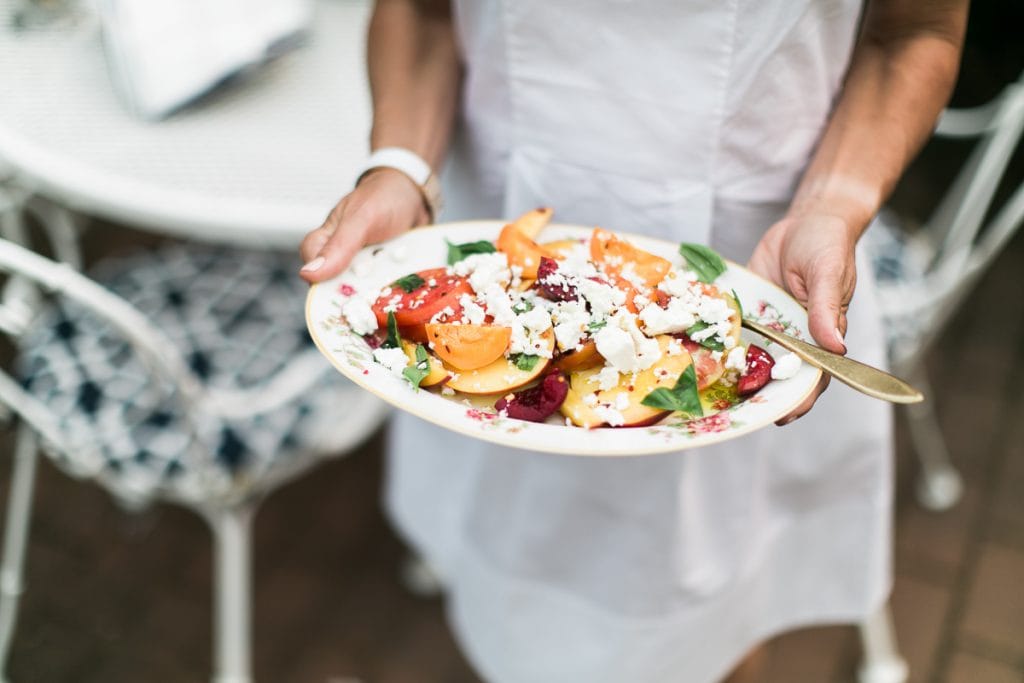
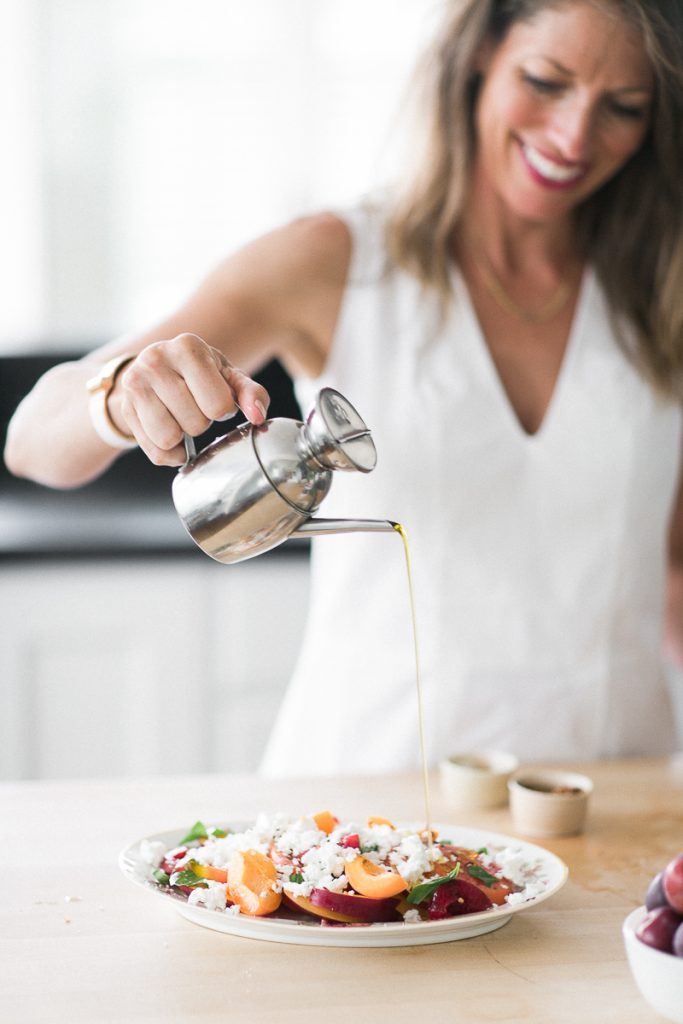
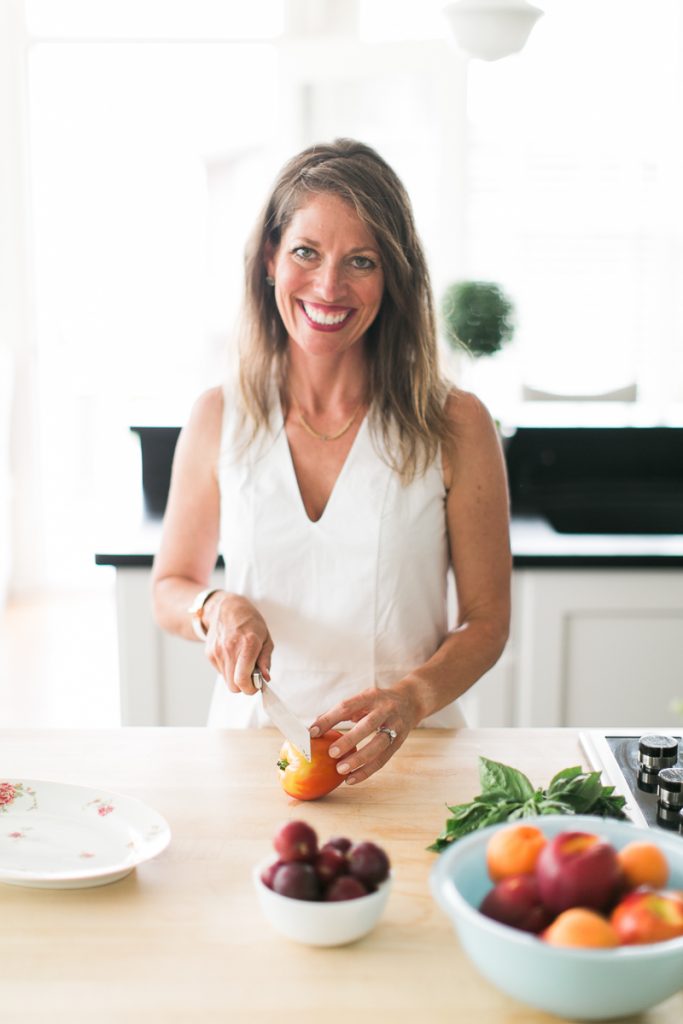
Michael Pollen’s advice still holds true: Eat real food. Mostly plants. Not too much. It’s good advice. And I would add: eat mostly vegetables.
Pile your plate with vegetables each day, preferably in a variety of colors and textures and flavors. Variety provides different nutrients and also makes eating vegetables more interesting and delicious. Vegetables are great for a multitude of reasons, and I’m sure you know many of them: nutritionally dense, high in phytonutrients that help keep you young from the inside out, high in antioxidants to reduce inflammation, high water content, high in fiber, good for your blood sugars, good for your gut bacteria. The list goes on.
I think when people hear the advice ‘eat plants,’ they tend to eat more fruits, because fruits are sweet and delicious. And fruits ARE healthy and packed with fiber and nutrients. However, they can also be a big source of sugar, especially if you are juicing them. Or, if you're snacking on bananas, dates or other dried fruit or other fruits with higher sugar content. Eat a couple of servings of fruits a day--especially berries--and mostly in their whole form, so you get all the benefits of the fiber as well.
When it comes to vegetables and fruits, check the dirty dozen list, which changes every year. With the fruits and vegetables that make the list, try to buy either organic or from local farmers who use sustainable farming practice (that is, they don’t spray their crops with glyphosate). Aside from the other detrimental effects of glyphosate, studies show that glyphosate alters our gut microbiome (after all, it’s designed to kill small things).
My 20-something, fat-fearing self would never believe the amount of extra virgin olive oil I now consume. Gallons and gallons every year, I’m sure. If there is one food trend I can get behind it’s this one: (healthy) fats are good.
In the body, healthy fats work to support good brain function, including concentration, memory and mood. Our brains are 60 percent fat, and we need essential fatty acids for our brains to perform well. If that doesn’t convince you to eat fat, try this: eating fat does not make you fat. In fact, quite the opposite. Getting adequate amounts of good fat in your diet can keep you lean. Fats also support healthy, glowing skin and prevents diabetes and inflammation among other benefits.
The type of fat you eat matters.
Anti-inflammatory fats for cooking include extra virgin olive oil, unrefined coconut oil, avocado oiland grass-fed butter and ghee. With olive oil, use it only for low-heat cooking or use it unheated as a finishing oil, dipping oil or for salad dressings, as it can be damaged during heating. Other good sources of fat include whole (with the yolk) pasture-raised eggs, whole milk dairy (from pastured cows, goats or sheep), fatty fish (like salmon), avocados and all varieties of nuts and seeds.
I will go into more details on the benefits of each of these fats in a future post, but in general, rotate the fats from the above list into your daily meals and you should get a good variety.
I typically like to focus on the positive, but sometimes a warning is needed. Here are the fats (generally) NOT to eat.
Avoid processed vegetable oils like corn, soy, sunflower and canola, even if they are organic. Why? Because consuming these omega-6 oils, which are in almost all processed and fast food, can promote inflammation. Ideally, we should be eating a ration of 1:1 or 2:1 omega-6 fatty acids to omega-3 fatty acids, and eating these processed oils can skew the ratio to 20:1 or worse.
Non-organic forms of these oils can be even more harmful, as they may come from genetically modified plants or contain chemical residues from growing or processing. Lastly, I rarely give hard rules, but just don’t eat margarine, any fake or manufactured fats (like so-called olive oil margarine) or hydrogenated (trans) fats.
There is a time to break these rules. If you’re traveling and you want to try a local food that sounds and smells delicious, then do so, without hesitation. Pleasure is healthy, too.
I’m sure you’ve heard this before—avoid processed foods. Or, at least read labels to determine if food in a box, can or package contains real food ingredients. Processed food is typically loaded with ‘bad’ fats, sugar and extra salt, not to mention artificial colors, flavors and preservatives. But, we all need to rely on packaged foods sometimes, especially for lunchboxes or when we’re traveling. So how do you know when a packaged food is a good choice?
Recent food fads have made this process even more confusing, because food companies market loudly to us with their labels—gluten-free, paleo, sugar-free or no added sugar, vegan, organic. It can be confusing, and sometimes even I get tricked. The bottom line is that you should read labels and analyze the ingredient list. Do you recognize all the foods on the ingredient list? Are there any weird ingredients? Is (any form of) sugar one of the first three ingredients? Try to choose foods with a short ingredient list where you know and understand each ingredient. As much as possible, avoid foods with added sugars, fillers, stabilizers and preservatives.
I’ll throw fast food into the same category as processed food. Choose fast food rarely and wisely. There are some better fast casual options out there these days, but you must do your research, read the menu closely and ask for the ingredient list. This one is especially important if you have a chronic health issue.
This is basically another way to state #3: eat whole foods, as close to nature as you can get. The more a food resembles itself, the better. Although mostly this means choosing foods from the perimeter of the grocery store, some whole foods do come packaged. For example, berries are picked when they are ripe and quickly frozen within hours of being picked, often making frozen berries a more nutritious whole foods choice than berries that have been shipped fresh from across the country. Same goes with vegetables. Frozen broccoli may not taste as good as fresh, but it’s still nutritious and can be a big time and money saver.
When the topic of eating whole versions of foods comes up, it inevitably begs the question of whether we should be eating grains, beans and legumes. That is not a topic I’m going to tackle in this post, but I will say this: I think some people can eat wheat or other grains just fine and others cannot tolerate them. I think some people can eat beans and others cannot digest them well. I think our food system relies too heavily on corn and soy, but eating tofu or miso occasionally or enjoying a creamy polenta is absolutely okay, as long as you don’t have any intolerances to those foods. Do you need to worry about lectins in foods? Maybe. Maybe not. It goes back to what I said at the beginning of this post—there is no one cookie cutter way to eat for everyone. And for some of us, it might change throughout our lives.
It comes down to mindfulness, slowing down and connecting to your body and listening to what it tells you about what you eat. And that takes paying attention, something we’re not always good at doing. I’ll cover more on mindfulness (and food intolerances) in a future post.
Buying grass-fed beef or wild game, pasture-raised pork, chicken and eggs, and wild fish is obviously good for the animals and the environment. But did you know it’s significantly better for your body and your health? A healthy animal makes healthy food for us.Protein from healthy animals and fish contains more antioxidants, omega-3 fatty acids and vitamins and minerals. Plus, they contain fewer traces of pesticides, herbicides and antibiotics, which are harmful to our health. Antibiotics use in raising cattle is contributing to the development of antibiotic-resistant bacteria, and these resistant bugs are passed on to us when we eat meat or finding their way into our water supply from waste run-off. Plus, growing research shows the antibiotics given to the cows we eat are harming our gut microbiome, which can lead to a variety of disorders.
There’s a LOT more to say here, so I will do a whole series of future posts on this topic, including where to buy meat, eggs and fish, and ideas for making it more affordable.
If you follow only one piece of advice on this list, let it be this. Avoid added sugars. The average person consumes 150 poundsof sugar per year, which contributes to a host of ailments including diabetes, chronic inflammation and heart disease. When we eat too much sugar, we don’t feel well.
The biggest culprit for added sugar is typically not the sugar you put in your coffee (although do stay away from those sugar syrups), but it’s the hidden sugar in so many processed foods. Start reading labels and you’ll find sugar —yogurt, cereals, breads, crackers, peanut butter, sauces, frozen foods. Sugar is EVERYWHERE. Why? Because it makes the food more addictive. And then we buy more products and big food companies make more money.
Don’t be fooled by the seductive marketing on packages. Even food that looks ‘healthy’ or claims to be organic, whole grain, gluten-free, etcetera can still be loaded with sugar. It’s important to read labels and look for all forms of sugar—sugar, coconut sugar, fructose, sucrose, glucose, brown rice syrup, honey, molasses, maple syrup. It’s all sugar. Even though coconut sugar and honey and maple syrup like to live in the healthy food categories (and these are the forms of sugar I use in baking), they still convert to glucose in your body. Your body processes the same way, by raising your blood sugar and releasing insulin. Sugar is sugar is sugar.
So here’s the deal: CHOOSE when you have sugar.
Want to eat a cookie? A brownie? A piece of cake? Do it. Make it the best quality, real ingredient version you can find. And enjoy every last bite. When you’re eating something sweet, KNOW you’re eating something sweet. Savor every morsel.
Flavorful food is more satisfying and can be better for you. Fresh herbs, aromatic spices, pungent garlic or spicy chiles are not only delicious and give full flavor to our meals, but they also help to fight inflammation in the body, a cause of aging. Food really is medicine, especially when it comes to micronutrient-packed herbs and spices. It’s a win-win.
I could go on and on about gut health these days, and I’m especially passionate about this topic since being diagnosed with SIBO. In general, adding fermented foods to your daily diet can help you maintain a robust microbiome, which not only affects your digestion but also your metabolism and brain health and more. And your choices are many—kombucha, kefir, naturally fermented sauerkraut and pickles, kimchi, yogurt. The list goes on.
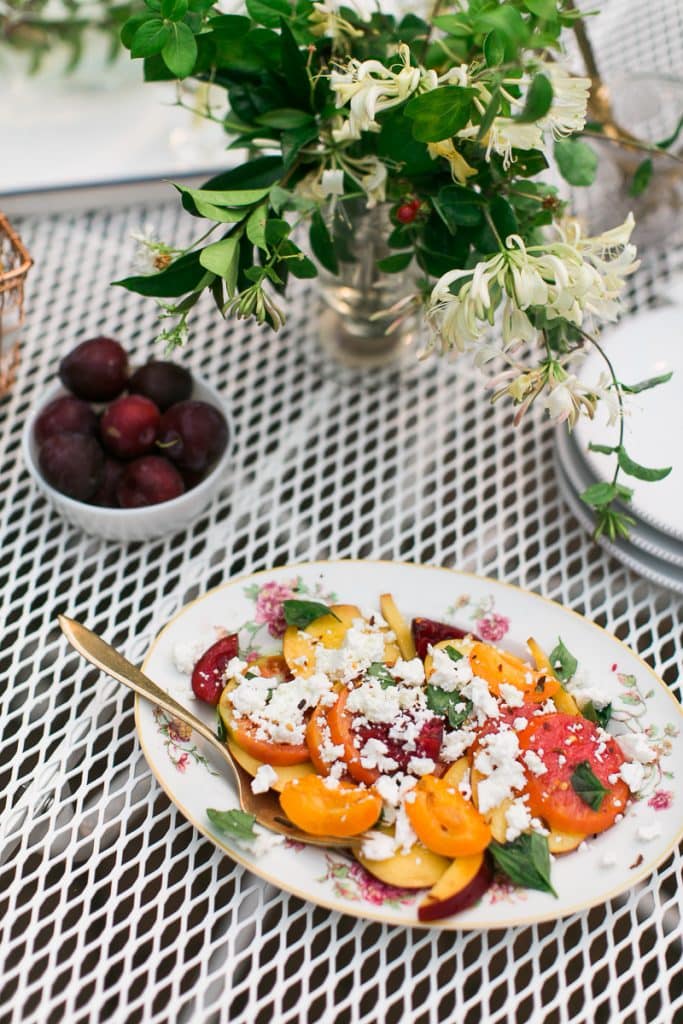
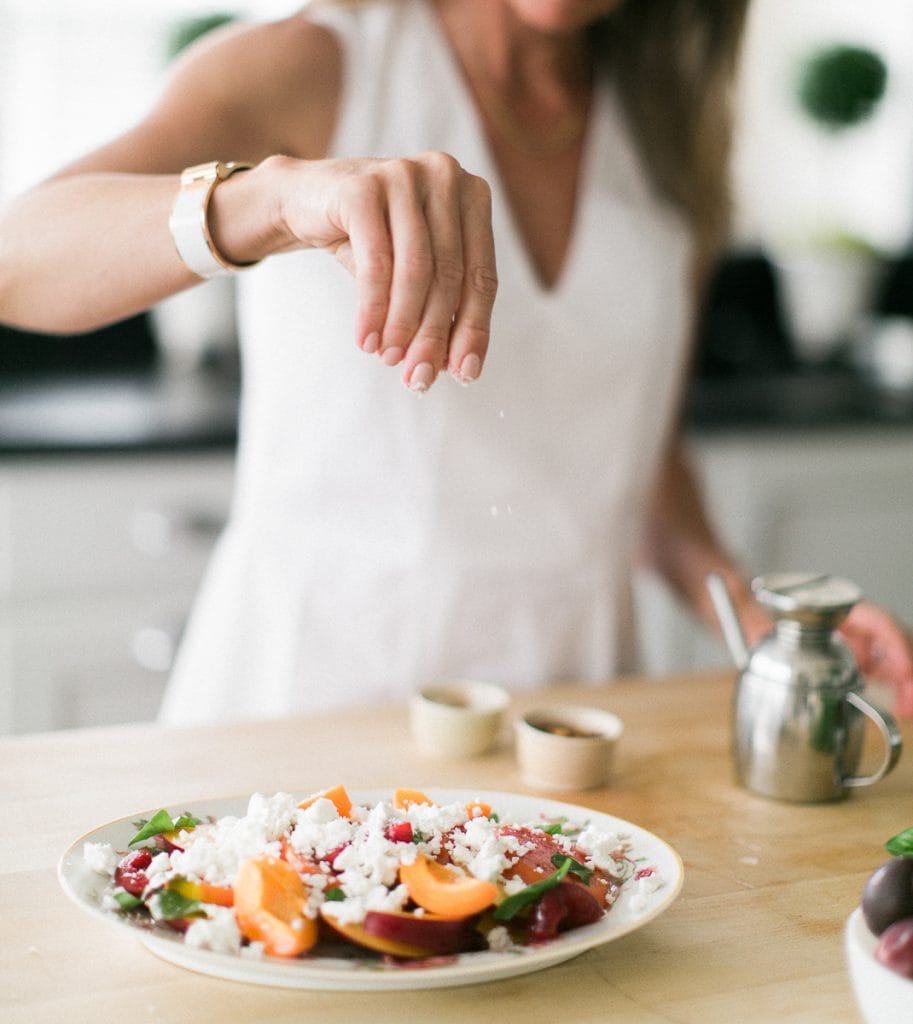
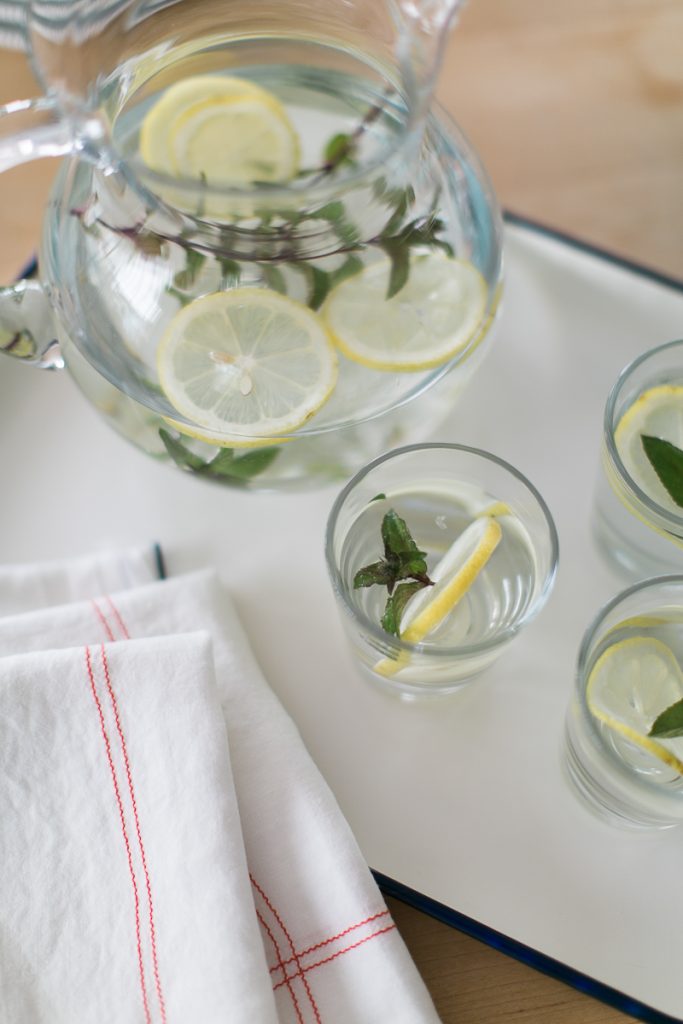
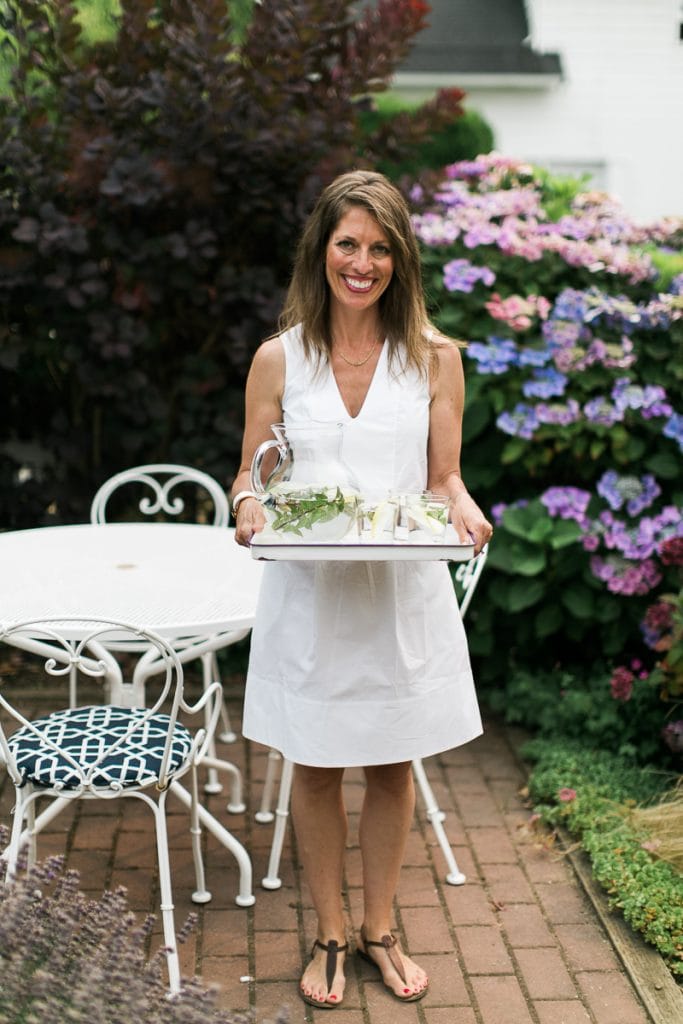
There you are. If you follow these eight guidelines each day, you are well on your way to feeling great. But there’s still so much left to talk about, isn’t there? What about intermittent fasting? Hydration! I didn’t talk about nightshades. How do we support our mitochondria? FODMAPS. When should you consider an elimination diet? What about this thing called SIBO? And so much more.
Mindfulness, for one thing. I would be remiss if I didn’t pause for a moment to talk about the conscious joy of eating. The anticipation. The enticing smell. The company. The way the food tastes. The texture. The temperature. The way your body feels as you’re eating. The way your body—and mind—feels afterwards. All of these details are important and contribute to mindfulness. Listen to your body. Pause. Take a deep breath. Learn to know when you’re hungry—and what you’re hungry for--and when you’re full or satisfied. More to come.
And sometimes fullness and satisfaction comes less from food and more from relationships. That’s why—more often than not—we should enjoy meals with the people we love. Research shows that one of the best investments in a long life is developing strong relationships and having a reason to wake up in the morning. That’s powerful.
I think that’s why I’ve fallen back in love with nutrition and food as medicine over the last few months, because there are so many practical, compelling changes we can make—each and every day—that will make us feel better and live longer, feeling good.
Do you have questions for me? Leave them here or send me a direct message on Instagram @lisahsamuel. I will be answering questions there over the next weeks, on my Instagram Stories. No matter what, THANK YOU for being here! I can’t tell you how much I appreciate your presence in this space.
Photos by Matthew Land Studios, back when I still had my natural hair color.
I love when I see an email from a friend, and that’s how I think of you. I hope you feel the same. In my newsletter, I share the kinds of recipes and stories I used to blog about. You’ll get the recipes I’m cooking for my family as well as anything else I think might bring more connection or more joy.